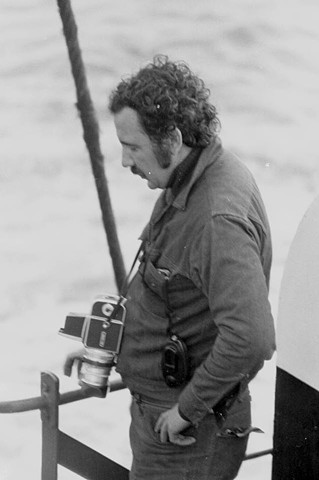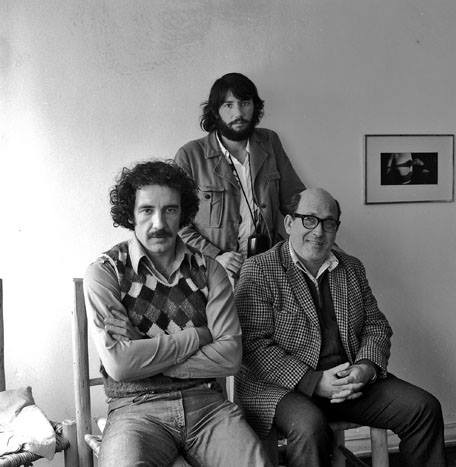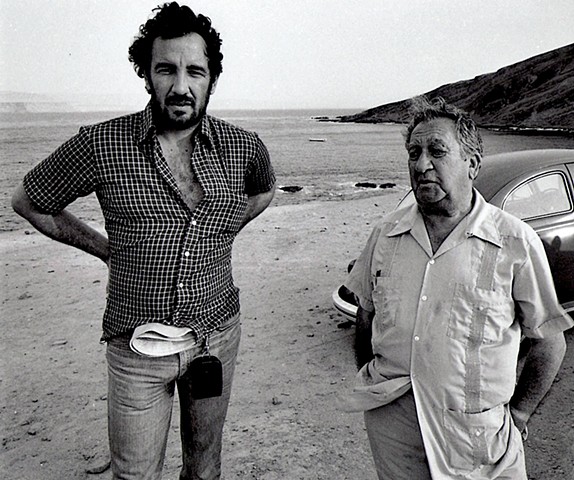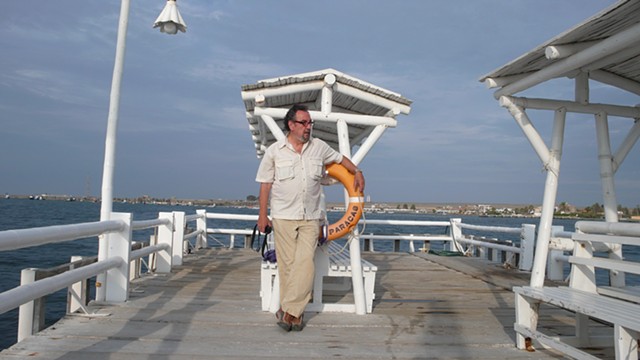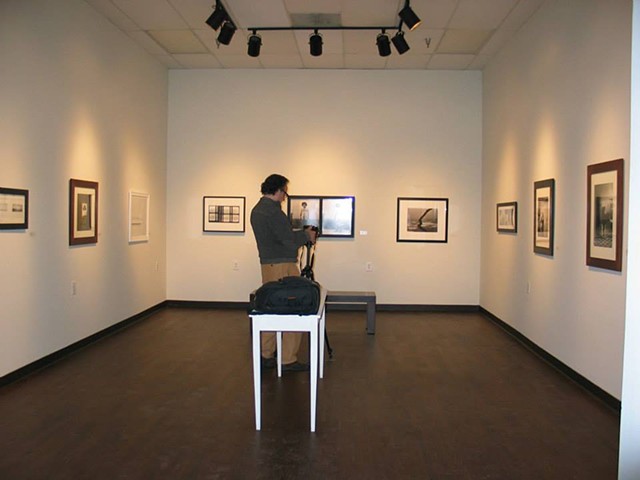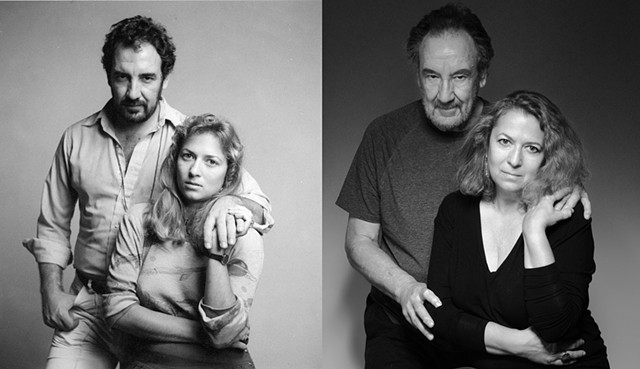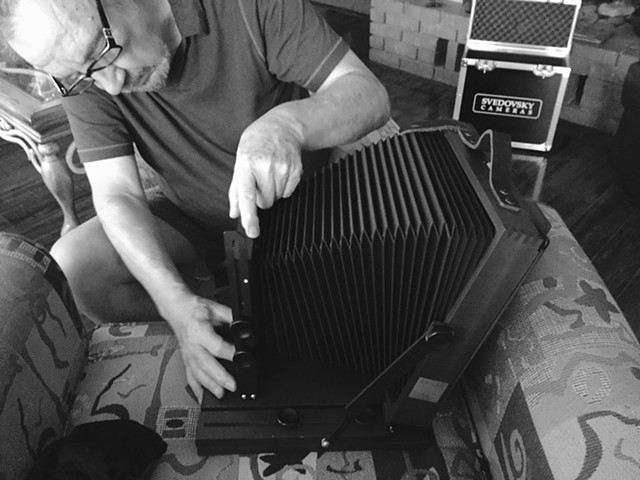Biography/PhotoBio
Fernando La Rosa 1943-2017
Fernando La Rosa was born in Peru in 1943 and died in 2017 in the USA. As a child, he lived in Arequipa, Tacna, and Cusco in Peru; in Bolivia; and finally in Lima where he studied at the Escuela de Bellas Artes. In his young adult life, he spent two years in the remote Andean indigenous community of Machamarca working with Cooperacion Popular a social program of the government of Peruvian President Fernando Belaunde, La Rosa’s uncle and for whom he was named. Struggling to learn the skills of a fine art photographer, La Rosa bonded with another young Peruvian photographer, Billy Hare. Together, they pieced together their aptitudes. Seeking instruction, La Rosa reached out to the famed North American photographer, Minor White, and subsequently lived and studied with White in Boston in 1973. Upon his return to Lima, he offered photography classes, and in 1976 he founded the Associacion Cultural de Secuencia, the first school and gallery in Latin America dedicated exclusively to photography. La Rosa selected the name, Secuencia, in recognition of "Secuences", Minor White's method of analyzing and presenting photographs. La Rosa’s first solo exhibition, “Portafolio I”, was in 1975 at Galeria Forum in Lima, which was also Forum's first solo exhibition. "Portafolio II" was his second solo exhibition which was in 1977 at Secuencia. La Rosa inaugurated Secuencia Foto-Galeria in 1977 with an exhibition of the work of Aaron Siskind, and a later exhibition of Harry Callahan. At the invitation of La Rosa, White, Siskind, and Callahan all travelled to Peru to photograph accompanied by La Rosa and other photographers associated with Secuencia. In 1977, following Martin Chambi’s 1973 death, La Rosa assisted the photo archive team Earthwatch, by photographing the untouched Cusco studio of Martin Chambi. Subsecuently, La Rosa curated for Secuencia, the first solo exhibition in Lima, of the photographs of Chambi. Secuencia Foto-Galeria only existed for a few years, but it had a powerful impact on the development of photography as a primary art form in Peru. The sharing of knowledge was at the core of La Rosa, and as a teacher and mentor, he organized photographic excursions to various locations in and beyond Lima. His photographic series, “Windows” came about during these excursions to the abandoned coastal community of the Lima elite, La Perla in Callao. La Rosa moved to New York in 1979, where he taught photography at Parsons School of Design at their Manhattan location and later at their Altos de Chavon location in the Dominican Republic where he was Director of the program. While living in New York (1979-1983), La Rosa initiated his “Frame” series, photographing through acetate cutouts placed at the front of the negative carrier of his 4x5 camera. La Rosa also taught photography at Tulane University in New Orleans, and at Wesleyan College in Macon, Georgia, where he and his artist wife Frances de La Rosa resided at the time of his death. In Lima in 2008, the Instituto Cultural Peruano Norte Americano held a retrospective of La Rosa’s photographs spanning 1968 to 2007. At this time, La Rosa again maintained a residence in Barranco in Lima, and photographed throughout the country up until the year of his death.
In addition to his work in Peru, La Rosa photographed in the Latin American countries of Bolivia, the Dominican Republic, Mexico, and in Jamaica. In 1968, La Rosa resided in Paris, France and in his later life he made photographic excursions to Italy, Spain, Portugal, South Korea, and throughout the United States.
La Rosa’s formative years in Arequipa and Cusco instilled in him an affinity for stone, for the abstraction of Inca stonework, and for the intersection of the organic and the geometric. His years under the gray skies of Lima gave him an appreciation of the atmospheric and ambiguous possibilities of middle values, the lacking of contrast, and, yet a large body of his photographic works are solidly formalized by areas of intense black, and high contrast. He preferred to refer to his work as “Images”, rather than as “Photographs” – a finding of a situation, in a discourse with oneself.
While La Rosa’s “Frame Series” was experimental in its time, he is known as a “straight photographer”, one who produced exquisite prints in both the chemical darkroom and in digital printing. In addition to his work in photography, La Rosa authored and published several short stories and a novella in his native Spanish language, and he continued to photograph and write until two days prior to his death.
Frances de La Rosa, 2020






